Jumping Mouse
- December 21, 2023
- 0 comment
Jumping Mouse (Zapus hudsonius), a small rodent native to North America, particularly in grassy habitats and woodlands, is recognized for its distinctive jumping abilities. In terms of conflicts, the Zapus hudsonius faces challenges due to habitat loss stemming from urbanization and agriculture, leading to potential clashes with human activities. The legal status of this species varies across regions, with some populations enjoying protection due to their vulnerable status, while others face fewer regulatory constraints.
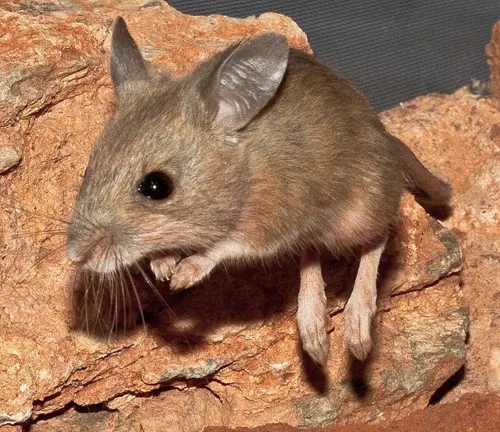
Identifying Zapus hudsonius can be challenging, given its similarity to other small rodents. However, key features include a slender body, a long tail, and large hind feet, which contribute to its impressive jumping prowess. The physical description extends to their fur, often displaying a mix of brown and gray tones, aiding in camouflage within their natural environments.
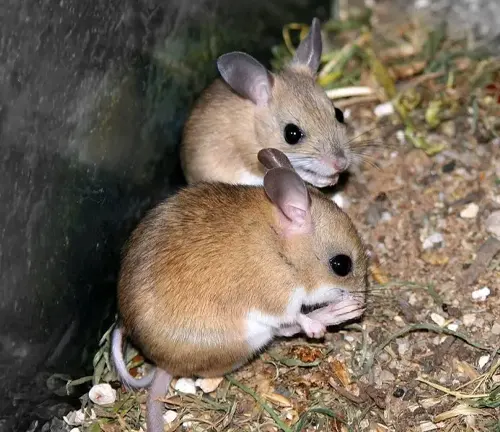
The species range of Zapus hudsonius spans a broad spectrum of ecosystems, from meadows to forested areas, showcasing their adaptability. However, this adaptability is also a vulnerability, as they may be found in areas undergoing rapid development, raising health and safety concerns. The encroachment of human activities, habitat fragmentation, and the use of pesticides pose threats to the well-being of Zapus hudsonius populations, emphasizing the need for conservation efforts to safeguard their habitats and ensure their continued survival in the wild.
| Category | Specifications |
|---|---|
| Scientific Name | Zapus hudsonius |
| Habitat | Grassy habitats, woodlands, meadows, and forested areas |
| Physical Characteristics | Slender body, long tail, large hind feet, fur with brown and gray tones |
| Jumping Ability | Remarkable jumping prowess, aided by powerful hind limbs |
| Range | Native to North America |
| Legal Status | Varied protection levels, subject to regional conservation efforts |
| Conflicts | Habitat loss due to urbanization and agriculture |
| Identification | Challenging due to similarity with other small rodents |
| Health Concerns | Vulnerable to habitat destruction, pesticide use, and competition for resources |
A Comprehensive Look at Its Life
General Biology of Jumping Mouse
Jumping Mouse, scientifically referred to as Zapus hudsonius, captures the imagination with its unique features and acrobatic abilities. Its general biology encompasses a slender physique, elongated tail, and powerful hind limbs, all of which contribute to its remarkable jumping prowess. This introductory section provides an overview of the physical characteristics that make Jumping Mouse a distinctive member of the rodent family.

The Circle of Life for Jumping Mouse
The reproductive habits of Jumping Mouse offer a fascinating glimpse into the life cycle of these agile creatures. With a breeding season typically occurring in spring and early summer, understanding their reproductive behaviors provides insights into the challenges and successes of their survival strategies. From courtship rituals to nurturing the young, this section explores the intricacies of Jumping Mouse’s reproductive journey.
Unraveling the Actions of Jumping Mouse
Observing the behavior of Jumping Mouse reveals a creature finely attuned to its environment. Known for its incredible jumping abilities, these rodents employ unique behaviors in foraging, navigating their terrain, and interacting within their social communities. This section delves into the various aspects of Jumping Mouse behavior, shedding light on the intricacies of their daily lives.
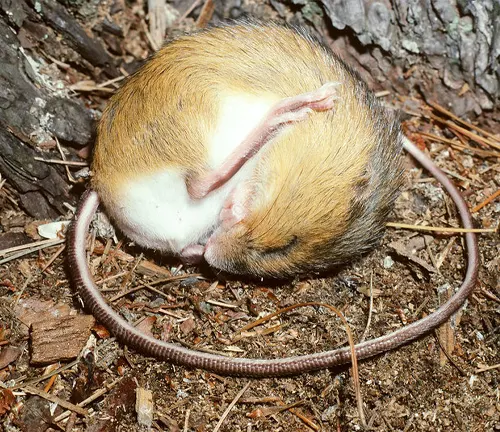
Sheltering Secrets of Jumping Mouse
The nesting and denning habits of Jumping Mouse are essential components of their survival toolkit. From utilizing natural vegetation to creating burrows, this section explores the various covers chosen by Jumping Mouse for shelter and protection. Understanding these preferences unveils the resourcefulness of these rodents in adapting to their surroundings.
Exploring the Diverse Environments of Jumping Mouse
Jumping Mouse exhibits a remarkable ability to thrive in diverse habitats, from meadows to forested areas. This section delves into the specific ecosystems that these rodents call home, emphasizing the importance of preserving these environments for the well-being of Jumping Mouse populations.
A Glimpse into Its Food Habits
An exploration of Jumping Mouse’s food habits unveils its role in the ecosystem. Primarily herbivorous, these rodents consume seeds, fruits, and vegetation, contributing to the delicate balance of their natural habitats. Understanding their dietary preferences offers valuable insights into their ecological impact.

The Silent Language of Jumping Mouse
Though not known for vocalizations, Jumping Mouse communicates through a variety of sounds, tracks, and signs. This section decodes the subtle language of Jumping Mouse, providing researchers and enthusiasts with clues about their presence and activities in a given area.
Understanding Damage Caused by Jumping Mouse
Decoding the Traces of Jumping Mouse
Identifying the presence and impact of Jumping Mouse requires a keen eye attuned to the subtle signs left in its wake. This article delves into the distinct marks and traces that indicate the passage of Jumping Mouse, enabling a better understanding of its activities and potential impact on the environment.
Unveiling the Effects of Jumping Mouse Habitat Alterations
Jumping Mouse, with its unique habitat preferences, can contribute to alterations in landscapes. This section explores how the presence of Jumping Mouse influences the vegetation and terrain of an area. From trail networks to the creation of burrows, understanding these landscape changes is crucial for managing and conserving environments where Jumping Mouse resides.
Balancing Agricultural Concerns with Wildlife Preservation
As human activities encroach on natural habitats, conflicts between Jumping Mouse and agricultural interests may arise. This article examines the potential damage to crops and its impact on livestock attributed to the foraging habits and habitat preferences of Jumping Mouse. Balancing the needs of agriculture with wildlife preservation becomes a central theme in mitigating these conflicts.
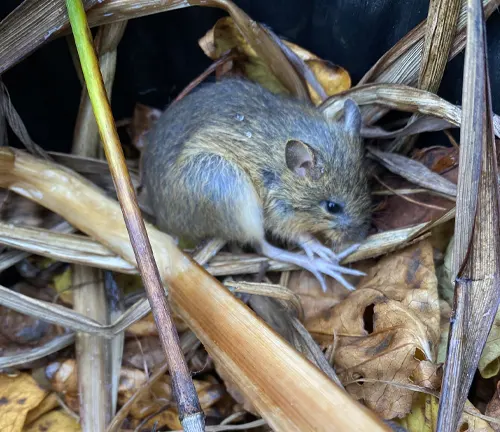
Exploring the Impact of Jumping Mouse on Man-Made Edifices
Jumping Mouse’s presence can extend beyond natural landscapes to human-made structures. This section delves into the potential damage caused to buildings, fences, and other structures as a result of Jumping Mouse activities. Understanding these impacts becomes essential in developing strategies to coexist harmoniously with these agile rodents.
Strategies for Jumping Mouse Damage Prevention and Control
A Balancing Act for Coexistence with Jumping Mouse
This article explores the concept of habitat modification as a means of preventing damage caused by Jumping Mouse. By understanding and adapting their natural environments, we can create spaces that meet both the needs of Jumping Mouse and human activities, fostering a harmonious coexistence that minimizes potential conflicts.
Creating Boundaries to Safeguard Against Jumping Mouse Intrusion
Examining the concept of exclusion, this section explores methods to create physical barriers that prevent Jumping Mouse from accessing specific areas. From fencing to other protective structures, these exclusionary measures aim to strike a balance between safeguarding valuable spaces and allowing Jumping Mouse to thrive in their natural habitats.
Using Innovation to Deter Jumping Mouse Presence
Frightening devices, ranging from sound-emitting gadgets to motion-activated tools, offer a non-lethal approach to deterring Jumping Mouse. This article explores the effectiveness of these devices in modifying behavior, encouraging Jumping Mouse to steer clear of areas where their presence may pose challenges or conflicts.
Nature-Friendly Solutions to Discourage Jumping Mouse Activity
This section delves into the use of repellents as a method for preventing damage caused by Jumping Mouse. By employing substances or scents that discourage their presence without causing harm, we can create an environment where Jumping Mouse seeks alternative habitats, reducing the potential for conflicts.

Weighing the Risks and Benefits of Chemical Control
Examining the controversial topic of toxicants, this article explores the potential use of chemical control methods for Jumping Mouse. While toxicants can be effective in mitigating damage, their ecological impact and ethical considerations necessitate careful evaluation and responsible use in preserving both wildlife and human interests.
An Uncommon Approach to Jumping Mouse Population Control
This section discusses the less common method of shooting as a means of controlling Jumping Mouse populations. While not a widely advocated approach, understanding the factors and considerations surrounding this method is crucial for a comprehensive exploration of damage prevention and control strategies.
Humane Methods for Managing Jumping Mouse Populations
The final article in this series explores trapping as a humane method for managing Jumping Mouse populations. By capturing and relocating these rodents, we can address conflicts while minimizing harm and maintaining ecological balance.
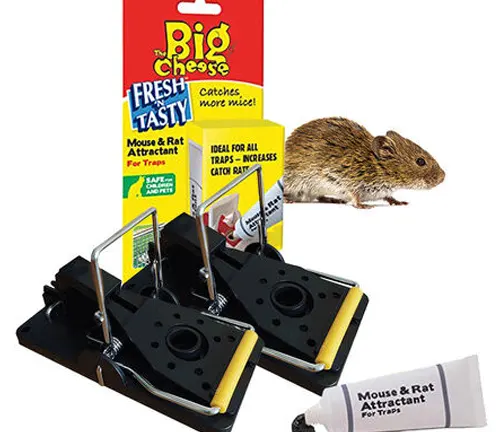
Different Species
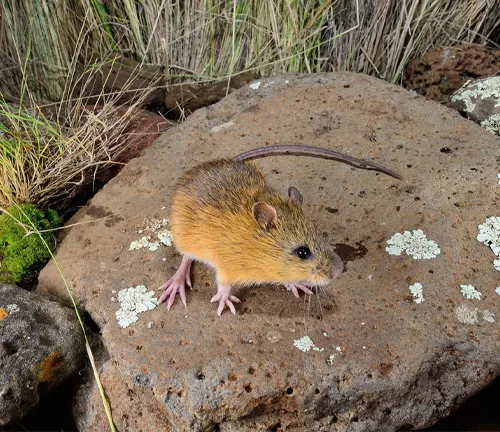
Meadow Jumping Mouse
(Zapus hudsonius)
This is one of the most well-known species of jumping mouse and is found across a wide range in North America. Meadow jumping mice are characterised by their long tails and powerful hind limbs, enabling them to make impressive leaps.
Pacific Jumping Mouse
(Zapus trinotatus)
Indigenous to the western parts of North America, the Pacific jumping mouse is well adapted to forested habitats. It has a distinctive three-colored pattern on its back.
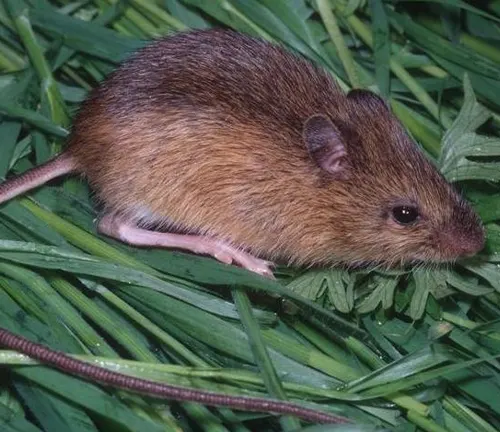
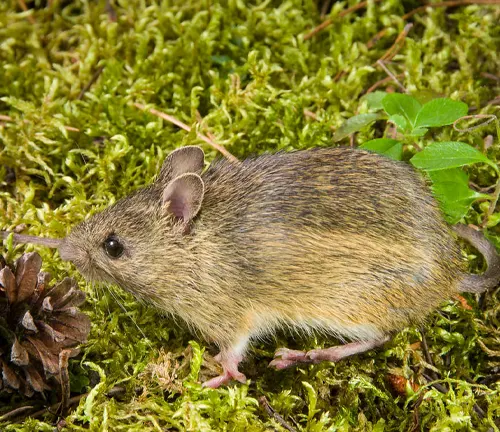
Western Jumping Mouse
(Zapus princeps)
Found in western North America, this species prefers habitats with dense vegetation, including grassy areas and meadows. It is known for its ability to jump considerable distances.
Zapus pallidus
(Northern Jumping Mouse)
Inhabiting the northern regions of North America, this species is adapted to various environments, including boreal forests and grasslands. Its fur coloration is typically pale.
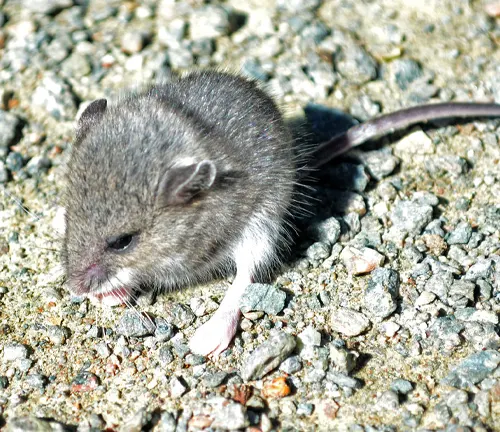
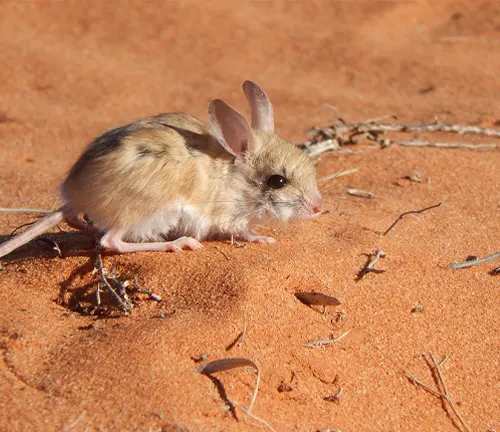
Dusky Jumping Mouse
(Zapus fuscus)
The dusky jumping mouse is found in parts of the United States and Canada. It is distinguished by its dusky or dark coloration, contributing to its name.
Zapus montanus
(Mountain Jumping Mouse)
As the name suggests, this species is adapted to mountainous regions in North America. It is well-suited to higher elevations and exhibits unique ecological adaptations.
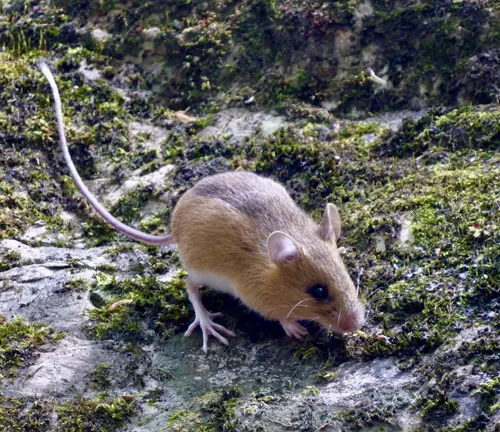
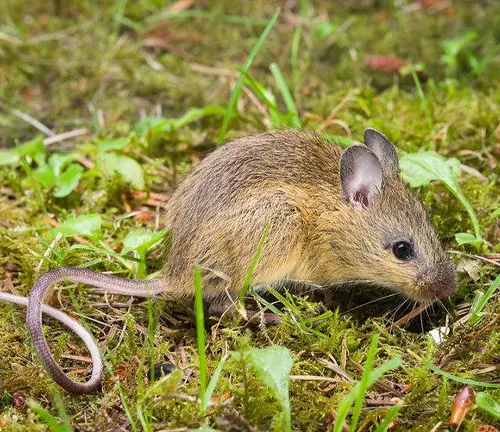
Zapus hudsonius campestris
(Plains Jumping Mouse)
Inhabiting the plains regions of North America, this subspecies of meadow jumping mouse is adapted to open grasslands and prairies.
Frequently Asked Questions (FAQs)
1. What is a Jumping Mouse?
Jumping mice are a group of small rodents characterised by their ability to make remarkable leaps using their powerful hind limbs. They belong to the genus Zapus and are found in various habitats across North America.
2. Where are Jumping Mice Found?
Jumping mice are primarily found in North America, inhabiting diverse environments such as meadows, grasslands, woodlands, and mountainous regions.
3. What Makes Jumping Mice Unique?
Jumping mice are known for their distinctive jumping abilities, which play a crucial role in foraging for food and evading predators. They have a slender body, long tail, and large hind feet.
4. How Many Species of Jumping Mice are There?
There are several species and subspecies of jumping mice, including the meadow jumping mouse (Zapus hudsonius), Pacific jumping mouse (Zapus trinotatus), and others, each adapted to specific habitats.
5. What Do Jumping Mice Eat?
Jumping mice are primarily herbivorous, feeding on seeds, fruits, and vegetation. Their diet contributes to the ecological balance of their habitats.
6. Are Jumping Mice Nocturnal?
Yes, jumping mice are often nocturnal, meaning they are more active during the night. This behavior helps them avoid predators and efficiently forage for food.
7. How Far Can Jumping Mice Jump?
Jumping mice can leap impressive distances, often several times their body length. This jumping ability aids in their mobility and survival.
8. Do Jumping Mice Make Vocalizations?
While not known for vocalizations, jumping mice communicate through a variety of sounds, tracks, and signs. These non-vocal cues play a role in their social interactions and territory marking.
9. Are Jumping Mice Endangered?
The conservation status of jumping mice varies by species and region. Some populations may face threats due to habitat loss and human activities, while others may be relatively stable.
10. How Can Humans Coexist with Jumping Mice?
Coexisting with jumping mice involves understanding their habitats, promoting conservation efforts, and employing responsible land-use practices. Conservation measures may include preserving natural habitats and minimizing habitat fragmentation.


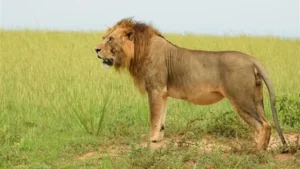
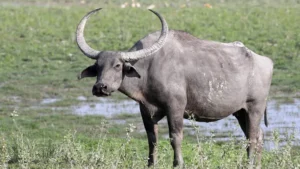


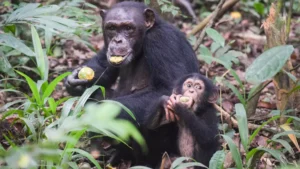
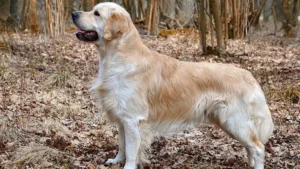
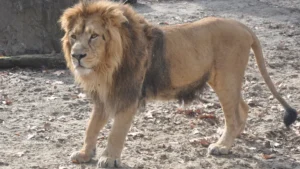
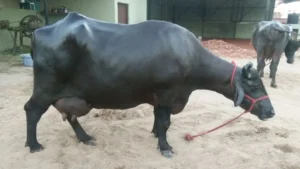

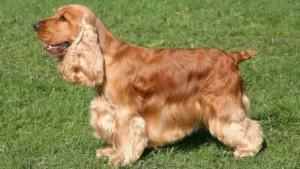

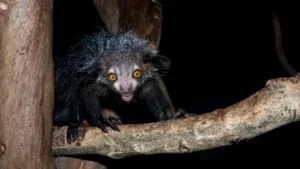
Leave your comment